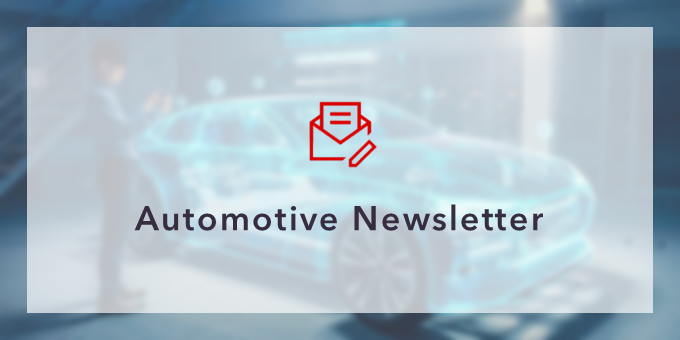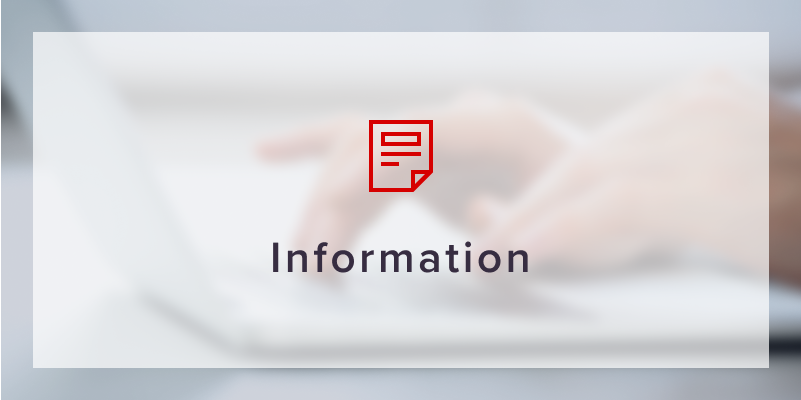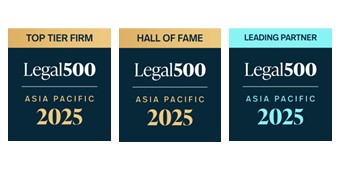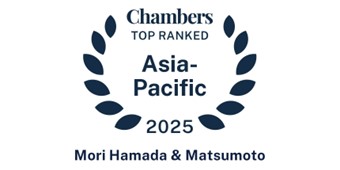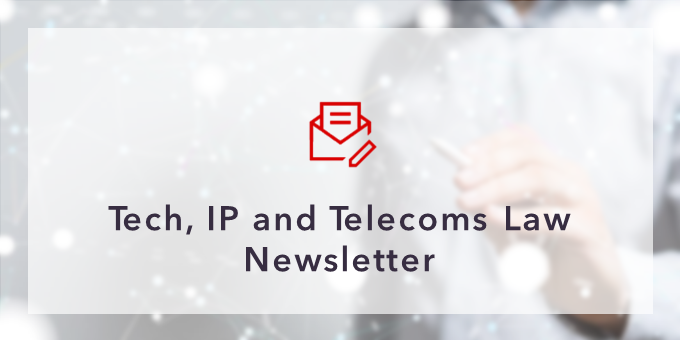I. Executive Summary
On May 30, 2025, the Automated Driving Working Group (the “Automated Driving WG”) established by the Ministry of Land, Infrastructure, Transport and Tourism (the “MLIT”) released its Interim Report (the “Interim Report”), summarizing discussions held since October 2024. The Interim Report outlines proposed regulatory and institutional reforms to enable the social implementation of Level 4 automated taxis (robot taxis) in Japan. Major focus areas include establishing robust safety standards and mechanisms regarding compensation for damages, reviewing accident investigation frameworks by assuming the Japan Transport Safety Board (JTSB) to be the regulatory authority in this regard, clarifying delegated management operations for automated vehicle services, and regulating ride-hailing platform fees. This newsletter provides an overview of those reforms and highlights anticipated legislative changes, offering guidance to stakeholders who are preparing for the deployment of automated vehicles in Japan.
II. Regulatory and Institutional Reforms for the Social Implementation of Automated Vehicles
The Automated Driving WG examined the following six key areas for regulatory relaxation and adaptation to new business models:
- Concretization of safety standards
- Development of mechanisms of compensation for damages
- Review of accident investigation frameworks
- Clarification regarding delegated management operations
- Operational management requirements for specified automated operation (SAO)
- Regulation of ride-hailing platform providers
Below, we provide a detailed analysis of each area.
1. Concretizing Safety Standards and Compensation Mechanisms
• Safety Standards:
The "Study Group on Ensuring the Safety Performance of Automated Vehicles" has been working on concretizing Safety Standards and guidelines, including mechanisms to ensure compliance with updated standards, and published its report thereon. The group’s findings will be discussed in an upcoming Automotive Newsletter.
• Mechanisms of compensation for damages:
The "Study Group on Liability for Damages under the Act on Securing Compensation for Automobile Accidents in Automated Driving" examined the allocation of liability and exemption requirements under new business models, such as robot taxis, and published its report thereon. The group’s findings will be discussed in an upcoming Automotive Newsletter.
2. Strengthening the Accident Investigation Framework
At present, there is no statutory body in Japan with the authority to investigate accidents involving automated vehicles. The Interim Report looks into the relevant issues on the assumption that the appropriate regulator is the Japan Transport Safety Board (JTSB). Here are the key points:
• Scope of Investigation:
Accidents involving Level 3 or higher automated driving systems (ADS), where the ADS was in control of the drive at the time of the incident. It should include the case where the vehicle was used for private use in addition to commercial transport
• Types of Incidents Covered:
Accidents resulting in death or serious injury, or with the potential to cause such outcomes, as well as major incidents involving significant traffic law violations which often lead to fatal accidents
• Reporting System:
A new reporting system to the Minister of the MLIT will be established, leveraging existing frameworks
• Data Collection:
The types of data to be recorded will be determined in coordination with international discussions and incorporated into domestic safety standards ahead of international safety standards
• Investigation of Stakeholders:
The investigation will cover a wide range of stakeholders, including operators, designers, manufacturers, passengers, emergency responders, police, road administrators, maintenance and sales entities, and may include surveillance camera footage from the accident scene. Statements from overseas stakeholders will be obtained through domestic stakeholders that have partnerships with the overseas stakeholders.
• Organizational Capacity:
The JTSB will require enhanced resources, equipment, and budget, and may outsource technical investigations to external experts or request cooperation from manufacturers.
3. Clarifying Delegated Management Operations, and Desirable Operational Management for SAO
• Clarifying Delegated Management Operations:
In the specified automated operation (SAO), which is equivalent to level 4 automated driving without a human driver, the taxi operator may consider delegating management operations for the SAO. However, the permitted scope for such delegation had been unclear. It had also been pointed out that the appropriate requirements for operation managers for SAO needed to be considered. In light of the discussions of the Automated Driving WG, the MLIT established the permission standards for such delegation on March 31, 2025, as follows:
(i) Scope of Delegation:
The duties of specified automated operation safety personnel and operation managers may be delegated, provided that the specific judgments and responses are predetermined in the SAO plan, delegation contract, or operation manual.
(ii) Requirements for Delegated Entities:
The delegate must be a specified automated operator if the taxi operator is not an SAO operator.
(iii) Operational Requirements:
・Prior consultation and agreement on the SAO plan, delegation contract, and operation manual
・The delegator must provide guidance on legal compliance and safety assurance.
・Daily reporting by the delegated operation manager
・Mandatory roll call for safety personnel
・Immediate reporting and consultation in the event of accidents or malfunctions
・Compliance with instructions from the delegator in urgent safety matters
・Consultation for matters not covered by agreements or manuals
• Desirable Operational Management for SAO:
The required number of operation managers will be determined on a case-by-case basis, considering the reduced workload expected for SAO. Legislative amendments, including revisions to the Ministerial Ordinance for Passenger Transportation Businesses, are expected to follow.
4. Regulating Ride-Hailing Platform Providers
For robot taxis, the use of ride-hailing applications is essential, as there is no driver present in the vehicle. Currently, platform fees are regulated under the Travel Agency Act and are not subject to fare and fee regulations under the Road Transport Act. The Interim Report suggests that, given the nature of taxi services as public transportation, platform fees that are difficult for users to distinguish from fares may need to be brought under the Road Transport Act's regulatory framework. The relationship between taxi fare systems and platform fees will be further examined, with potential regulatory changes anticipated.
III. Conclusion
The Interim Report sets a clear direction for the regulatory and institutional reforms necessary for the social implementation of automated vehicles. Stakeholders should closely monitor ongoing legislative developments and prepare for the introduction of new requirements regarding delegated management, platform regulation, accident investigation, safety certification, and compensation for damages. Mori Hamada will continue to provide updates and legal analysis as these reforms progress.








